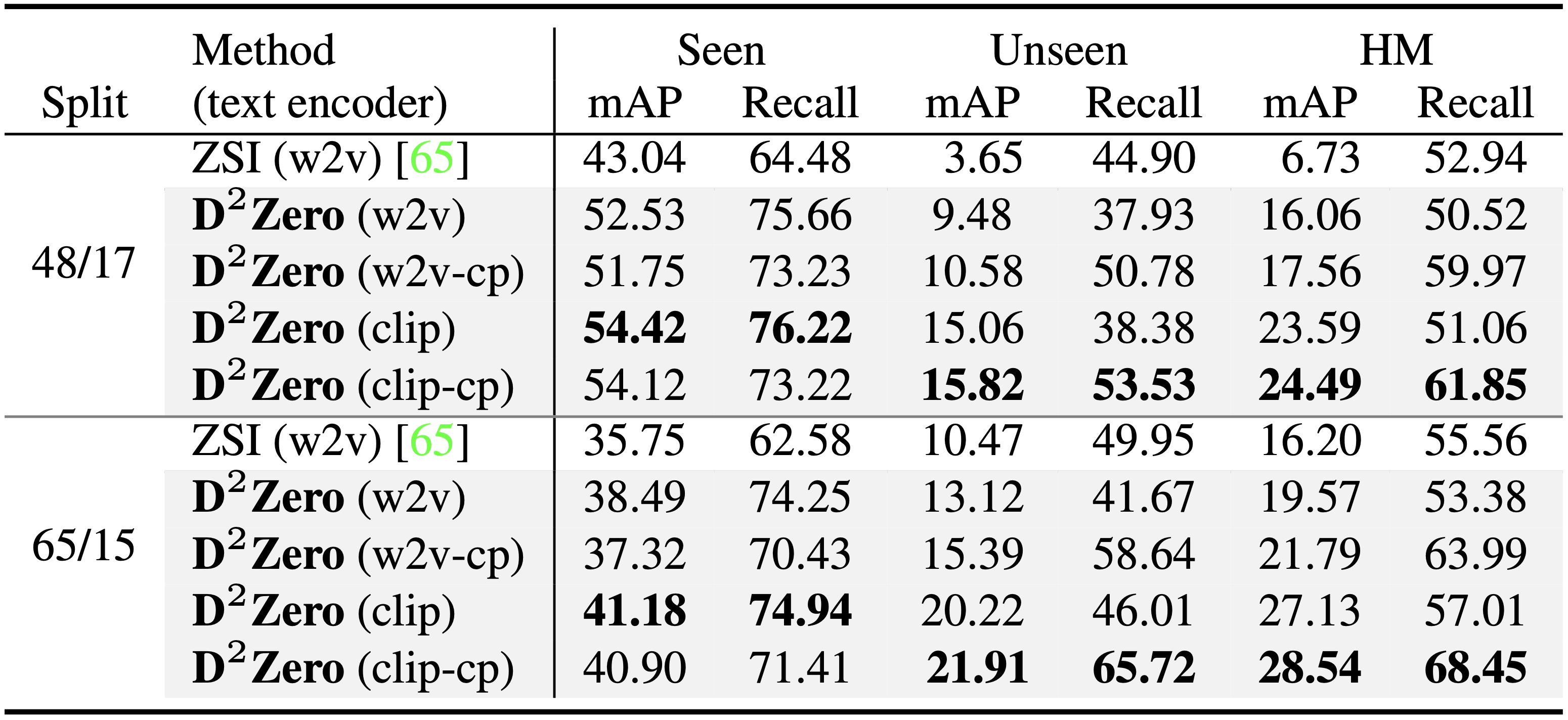
Figure 1. Two key challenges in generalized zero-shot instance segmentation. 1) Bias issue: the model tends to label novel objects with seen categories, e.g., ZSI incorrectly classifies unseen class "dog" as training class "horse". 2) Background ambiguation: objects that do not belong to any training categories are considered background, e.g., "parking meter" and "fire hydrant".



